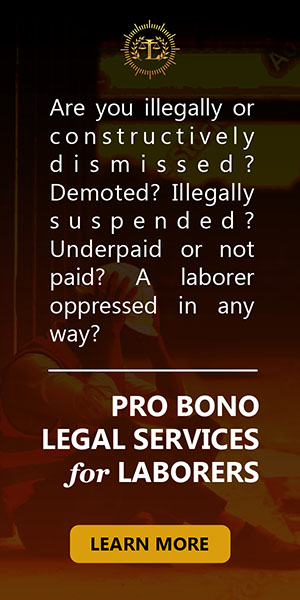WHAT IS PLEA BARGAINING?
> It is the disposition of criminal charges by agreement between the prosecution and the accused
> The accused and the prosecutor in a criminal case work out a mutually satisfactory disposition of the case subject to court approval
> It usually involves the defendant’s pleading guilty to a lesser offense or to only one or some of the counts of a multi-count indictment in return for a lighter sentence than that for the graver charge
> It is encouraged because it leads to prompt and final disposition of most criminal cases. It shortens the time between charge and disposition and enhances whatever may be the rehabilitative prospects of the guilty when they are ultimately imprisoned
WHEN IS PLEA BARGAINING NOT ALLOWED?
> It is not allowed under the Dangerous Drugs Act where the imposable penalty is reclusion perpetua to death.
WHAT IF THERE IS A PLEA BARGAINING ARRIVED AT?
1. Issue an order which contains the plea bargaining arrived at;
2. Proceed to receive evidence on the civil aspect of the case; and
3. Render and promulgate judgment of conviction, including the civil liability or damages duly established by the evidence.
WHAT HAPPENS IF THERE WAS NO PLEA BARGAINING AGREEMENT? WHAT WOULD THE COURT DO?
1. Adopt the minutes of preliminary conference as part of the pre-trial proceedings, confirm markings of exhibits or substituted photocopies and admissions on the genuineness and due
execution of documents and list object and testimonial evidence;
2
. Scrutinize every allegation of the information and the statements in the affidavits and other documents which form part of the record of the preliminary investigation and other documents
identified and marked as exhibits in determining farther admissions of facts, documents and in particular as to the following:
a. The identity of the accused;
b. Court's territorial jurisdiction relative to the offense/s charged;
c. Qualification of expert witness/es;
d. Amount of damages;
e. Genuineness and due execution of documents;
f. The cause of death or injury, in proper cases;
g. Adoption of any evidence presented during the preliminary investigation;
h. Disclosure of defenses of alibi, insanity, self-defense, exercise of public authority and justifying or exempting circumstances; and
i. Such other matters that would limit the facts in issue.
3. Define factual and legal issues;
4. Ask parties to agree on the specific trial dates and adhere to the flow chart determined by the court which shall contain the time frames for the different stages of the proceeding up to
promulgation of decision and use the time frame for each stage in setting the trial dates;
5. Require the parties to submit to the Branch COC the names, addresses and contact numbers of witnesses that need to be summoned by subpoena; and
6. Consider modification of order of trial if the accused admits the charge but interposes a lawful defense.



 Spotify
Spotify  iTunes
iTunes  AppleMusic
AppleMusic  YouTube
YouTube 


